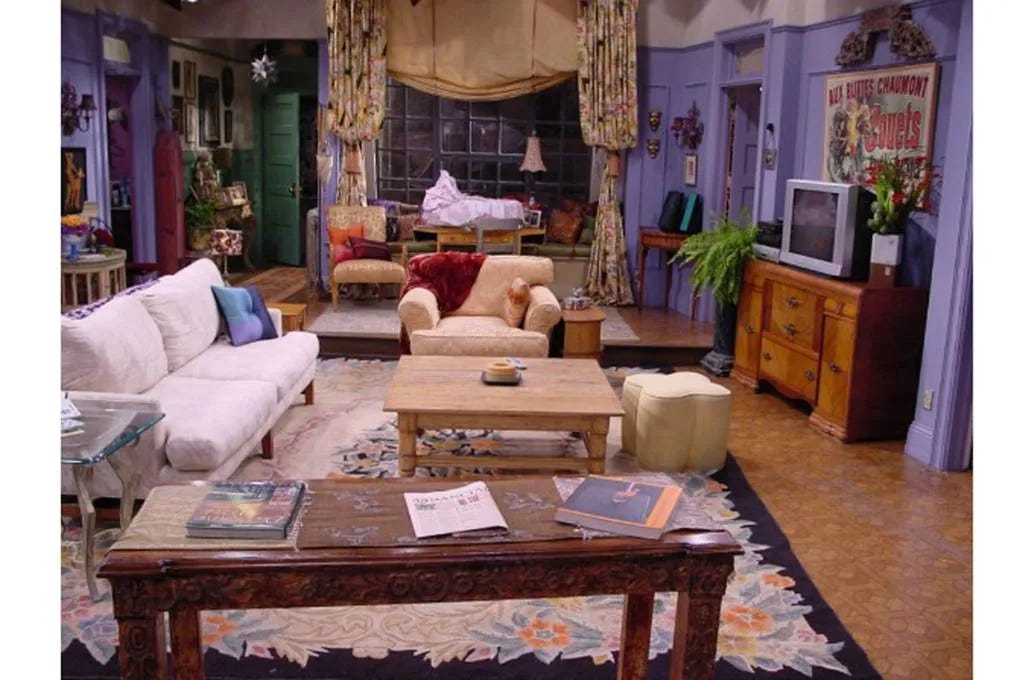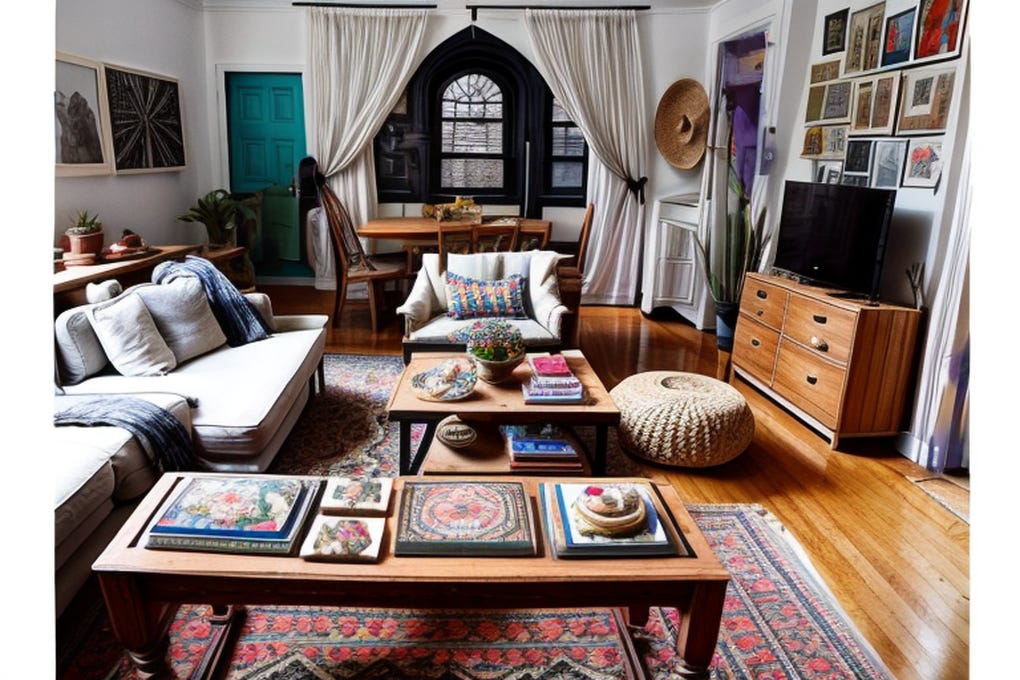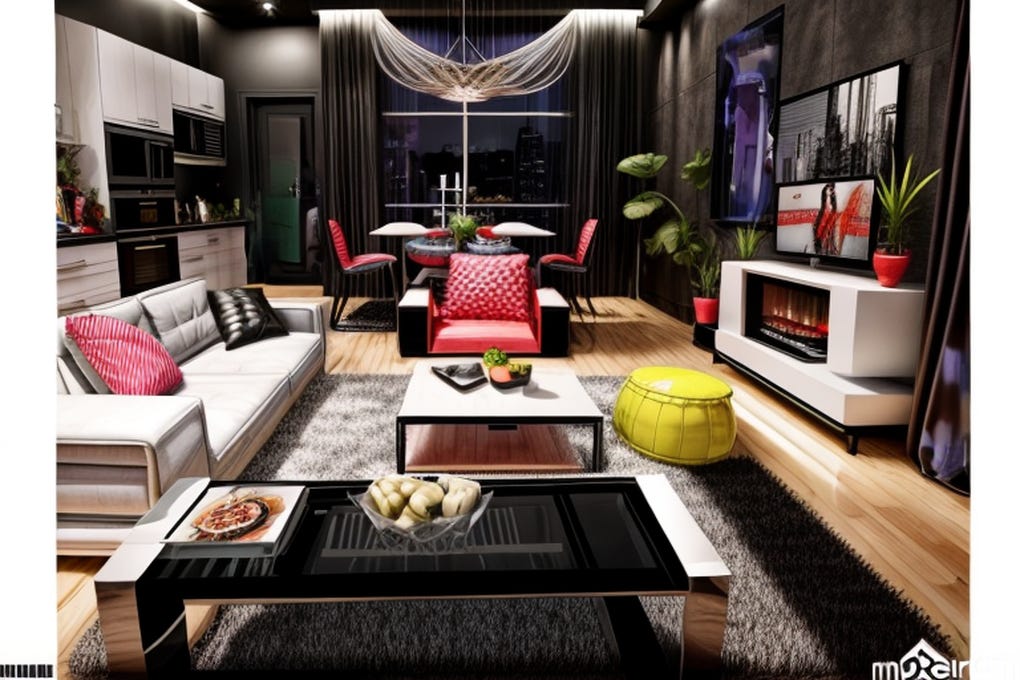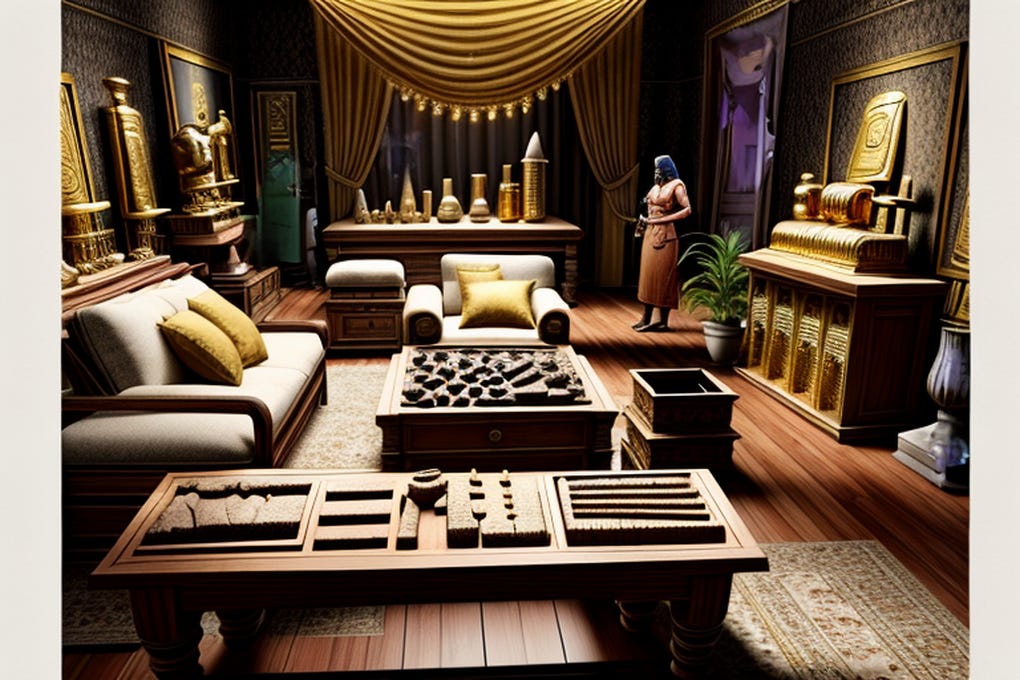Once upon a time in a faraway land, reading the newspaper rounded out a certain morning trifecta perpetuated by those with a white picket fence; the newspaper was accompanied by a hot mug of coffee and a nutritious breakfast prepared by a doting spouse. Orange juice and perfectly-behaved children with high vocabularies also played a part in this fairytale. It all evoked a joyous start to a day that would no doubt be filled with unbridled productivity.
In reality, reading the daily newspaper is something I do with a sense of reluctant diligence. I roll over in bed and squint at the New York Times app, scrolling through the many ways in which AI is going to destroy us all. Who needs freshly squeezed OJ when you can start your morning with a healthy dose of existential dread? As a professional violinist, I’m very aware of the ways in which AI is swiftly dismantling the hard-earned efforts of anyone working in a creative field. And as the news feels compelled to remind us in language straight out of The Last of Us, no one is safe.
So this week, I set out to explore some AI interior design software to see if professional decorators should feel threatened by the purportedly nuanced taste of robots. I decided to use the apartment from the hit TV show Friends as my baseline, prepared to give AI a run for its money. After all, the apartment was designed in 1994 for a gaggle of twenty-somethings and is in dire need of an update.
I turned to HomeVisualizer.AI and Spacely.AI, two products claiming to be well-suited for design professionals and amateurs alike. Each one asks you to upload an image of a room and write a short blurb about how you’d like it to be reimagined. Here we go!
HomeVisualizer.AI
Case Study No. 1: “Let’s say Bunny Williams got her hands on this West Village apartment. Her clients: a couple, Hadley and Beckett, who met at a Fourth of July party at Jerry Seinfeld’s Hamptons retreat, the jobs of whom are vague. They want this house to feel lived-in despite the fact that they spend most of the year in Palm Beach (for the weather, they say). They are drawn to florals, lots of pattern, suzani throws that remind them of their recent six-figure trip to Uzbekistan, and ‘important’ artwork (their words, not mine). They have a wire-haired dachshund named Rupert who has a fondness for lifting his leg on De Gournay wallpaper, so performance fabrics and wall coverings are preferred.”
Result:
Verdict: I’m not exactly sure what the AI used as a reference, but it certainly didn’t come across An Affair with a House. Somehow I don’t think Bunny’s job is in jeopardy here, as this reads more like a well-appointed dorm room than a West Village pied-à-terre.
Case Study No. 2: “Meet Miles. He’s enlisted AD100 designer Shawn Henderson to create a sleek, modern abode for a millennial man taking the VC world by storm. We are actively avoiding the phrase ‘bachelor pad,’ though with Miles’ penchant for hosting psilocybin-fueled parties and regularly ordering takeout from Per Se, Shawn understands the assignment. Miles once saw a photo of Peter Thiel’s San Francisco compound and described it as ‘cool,’ so we think that’s the vibe he’s going for.”
Result:
Verdict: Anything blandly industrial with bad overhead lighting does bring “bachelor pad” to mind, and if that’s what AI was going for with this vaguely Euro-style apartment, it accomplished it. I love Shawn Henderson’s sophisticated, masculine eye, and it was definitely not bestowed on any part of this room. Bonus points for skyline views; no points for the molar-like objets in that bowl.
Case Study No. 3: “Meet Norman and Leonard, a pair of antiques dealers specializing in ancient Egyptian art and Gold Rush-era artifacts, respectively. They are decorating their new apartment themselves, as they have four garage-sized storage spaces on Coney Island full of collected treasures. They want to make sure their living room includes ample seating for their three hairless Sphinx cats and a nice big TV for watching Dallas reruns.”
Result:
Verdict: AI went full-tilt on this one, as it seems Norman and Leonard are now living in a tomb with a life-sized Pharaoh Ken doll and no TV. The Gold Rush-era antiquities have been simplified to gold shapes, the purposes of which are not at all apparent. Bonus points for residing in Giza; points rescinded for eternal lack of entertainment (unless Pharaoh Ken is into threesomes?).
Spacely.AI
I plugged the same prompts into this next software, and the results were noticeably better.
Case Study No. 1: Hadley and Beckett
Result:
Verdict: It’s still not Bunny, but it’s better than the first one. The AI picked up some of her signature elements: animal print, florals, potted plants, neutral upholstery, and layered antiques. The rug edges look like they’ve been consumed by an undisclosed creature, but we’ll let it slide.
Case Study No. 2: Miles
Result:
Verdict: Bachelor pad-orama. This room is interchangeable with any corporate housing found in the Hudson Yards. Thankfully, no molars in sight.
Case Study No. 3: Norman and Leonard
Result:
Verdict: The big hieroglyphics screen is a nice touch! The antiques and lighting are more detailed than I’d think to give AI credit for. Bonus points to this room for being above ground.
The takeaway of this exercise seems to be that professional decorators have nothing to worry about for the moment. As we are reminded daily, the AI will continue to improve, and I have no doubt that it will someday churn out sleek spaces that we might actually want to inhabit. What it won’t be able to do is double the other roles that interior designers so often play: translator, therapist, confidante, diplomat. Decorators can read their clients in ways that AI simply can’t. Good design is a subjectively-curated endeavor, and I’m just not convinced that artificial intelligence can add those deeply personal touches that separate the exceptional rooms from the nice-looking ones. Time—and the newspaper—will tell.












I don’t think AI can replicate the intuitive nature of creativity
Great article!